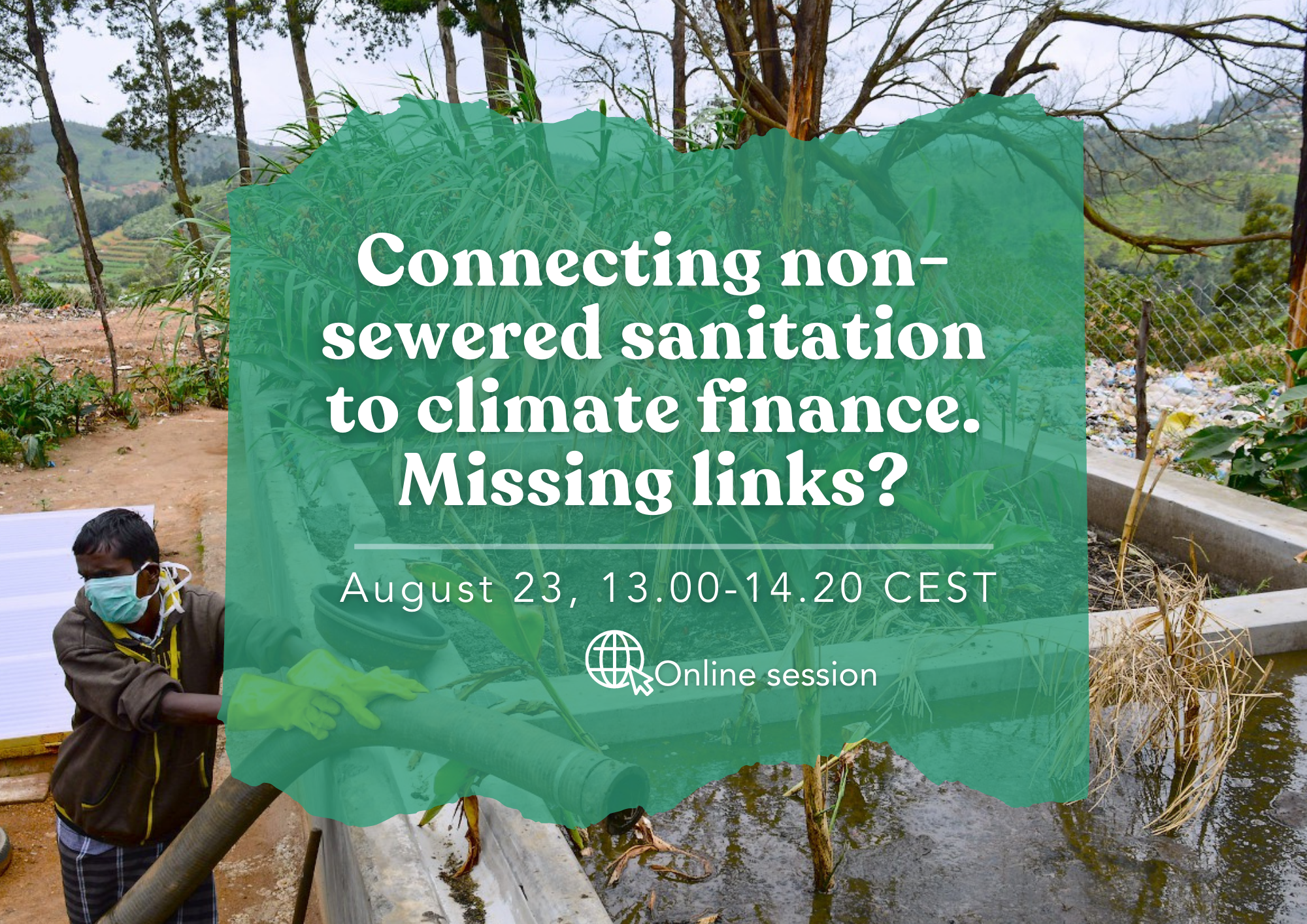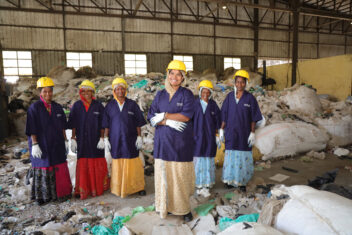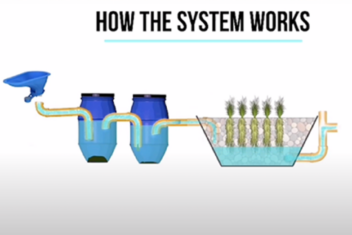Is it time for climate financing to recognize sanitation as instrumental to climate mitigation?

The problem
Climate action demands adequate financial investments to develop new energy systems and infrastructure to deal with the consequences of climate change. Climate finance aims to support both mitigation and adaptation measures. However, what has been traditionally looked to as worthy of climate financing may be outdated.
According to the UN, climate finance is the local, national, or transnational financing drawn from public, private and alternative financing sources. In terms of climate mitigation, large-scale investments are needed to reduce emissions effectively. Regarding adaptation, significant financial resources are required to adapt to the detrimental influence and mitigate the impacts of a changing climate. Despite playing a huge role in tackling climate change, current climate financing facilitation is not enough to reach the targets defined under the UN’s Sustainable Development Goals (SDGs).

Climate finance is not laid out fast enough to protect our future, according to even Deloitte. According to the UN, in the water sanitation sector alone, to meet SDG targets 6.1 and 6.2 (clean water and sanitation sub-targets), three times more capital investment is required than current investment levels.
Sanitation as a cross-cutting enabler for climate change mitigation
In our work improving sanitation in low- and middle-income countries, we have seen the compounding impacts that sanitation has on the total quality of life of the communities we work with. Improved sanitation can be seen as a cross-cutting enabler for strengthening communities’ ability to withstand the impacts of climate change through improving two major areas a) human health and b) environmental health.
How?
Safely managed sanitation means that human waste is safely contained under normal and crisis circumstances. On one hand, toilets are constructed in an uncomplicated way that is geographically appropriate to keep waste from seeping into the environment. On the other hand, during times of extreme weather like flooding, appropriately built sanitation systems are built to withstand flood impacts so human waste does not become a hazard, infecting local water bodies, and causing communities to backslide into poor health from preventable waterborne illnesses.
Furthermore, safely managed sanitation refers to the entire lifecycle and reuse opportunities of waste. We build local markets so the safe extraction, transport, treatment, and reuse of waste, is addressed. Currently, human waste is a hugely abundant and nutrient-dense yet overlooked natural resource. In a functioning local market, treated human waste can be upcycled into products (like co-compost) that restore critical nutrients (nitrogen, phosphorous, and potassium) back to the soil and improve carbon sequestration. Restoring especially agricultural land that has been stripped of nutrients is good for people and the environment. Nutrient-dense soils have better water holding capacity (mitigating flood risks) and grow better crops.
When it comes to the links between sanitation and reusing human waste to mitigate all facets of the impacts of climate change, the opportunities are endless.
Learn more at SIWI World Water Week 2022 (online!)
In the upcoming SIWI World Water Week, WASTE and our partner co-convenors will discuss this matter from both climate mitigation and adaptation opportunities in the webinar session “Connecting non-sewered sanitation to climate finance. Missing links?” on Tuesday, 23 August, from 13.00 to 14.20 CEST. We hope to come together with like-minded people and organisations to find a way forward in this together.
More information on the session here.



